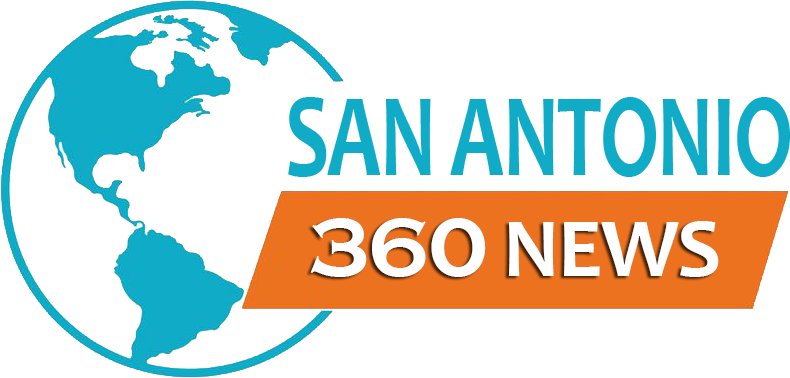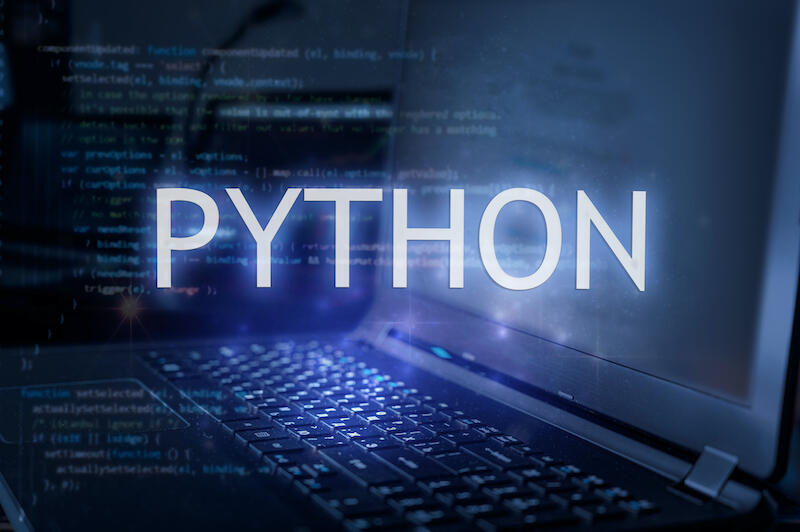Having already begun its digital transformation, this credit union was prepared to have workers shift to home and still serve members.
TechRepublic's Karen Roby spoke with Mike Upton, CTO and digital officer for First Technology Federal Credit Union, about the organization's move to remote work and its success during the COVID-19 pandemic. The following is an edited transcript of their conversation.
SEE: Research: Video conferencing tools and cloud-based solutions dominate digital workspaces; VPN and VDI less popular with SMBs (TechRepublic Premium)
Karen Roby: We've been talking a lot now that we've made it on this side of the pandemic. And we're looking back and talking about things that companies did well, things they didn't. There was a glaring light on some companies that weren't ready, that weren't digitally transformed enough to help get them through what has been a very difficult 2020 and part of 2021. So, let's talk a little bit about your credit union, the digital transformation that you guys went through and how that helped. When the pandemic hit, what position were you guys in when it comes to your technology setup?
Mike Upton: We were really fortunate that when the pandemic hit, a lot of the work that we had been doing pre-pandemic really paid off for us. And what I mean by that is we had already started on, what we call, our hybrid cloud strategy, where we were moving out of our physical data center at the credit union and we were moving our services into a co-location facility and into cloud.
And so, when the pandemic arrived we were able to leverage that scale. And we were able to leverage a lot of our VPN technologies that we had been building out to support remote work pre-pandemic. But really what it did is it accelerated a lot of that. So, many of the things that we had been planning, that we were working on the foundation was there. So, when the pandemic arrived we were able to take advantage of it. But it, certainly, then put a lot more attention on it and it accelerated quite a few things that we were already planning on doing.
Karen Roby: Do you think, Mike, a lot of financial institutions were caught off guard? Have you heard that much? It kind of seems that way.
Mike Upton: Yeah. When we talk within the industry, folks are in different places. There were certainly a lot of folks that had these plans, maybe they weren't quite as far along with them. And they had a much tougher time dealing with realities of the pandemic, needing to distribute their workforce quickly. And then, also, really having a lot of focus put on your digital channel and on your digital solutions. Because, as we know, our members, the consumers, it was a shock for their system as well. And so, they weren't able to go back into the physical branches. They weren't able to conduct business the way that they were used to. And they had to adopt a lot of the digital tools, a lot of the digital technologies. Some folks really weren't ready for that volume.
Again, we were fortunate in that we didn't see any disruption to our digital products or to our digital services, but we certainly did see explosive growth.
SEE: AI on the high seas: Digital transformation is revolutionizing global shipping (free PDF) (TechRepublic)
Karen Roby: Well, that's a good thing, right? That's what you hope to see, especially during a really difficult time for everyone personally and professionally. Mike, talk a little bit about the tech behind the tech.
Mike Upton: Yeah so, we offer online banking, mobile banking, sort of the traditional channels. But the other technology that really helped us out is we had put a lot of emphasis on automation. So, we had been building out a lot of automated workflows, a lot of robotic processing, so that when the volume shifted from the in-store, the branch over to the digital channels, we didn't have to bring an army of people to deal with the volume.
We had automated quite a bit of the work in the background. And so, again, we felt very fortunate that we had been making those investments pre-pandemic because we knew that automation and ease of use was something that consumers were craving. And then, the pandemic and the volume really accelerated all of that and accentuated it. So, fortunately, we were well along our automation roadmap. And it really helped us deal with the volume.
Karen Roby: And artificial intelligence, machine learning, Mike, a lot of that employed here, too.
Mike Upton: Now, we're still early days in true AI. We're still learning about that one, but robotic processing, we were definitely invested in. Automation of workflows, we were definitely invested in. Machine learning, we're early there as well. But, again, all of those things are being accelerated by this event.
Karen Roby: And how do you see, Mike, the future for you guys, the industry as a whole really changing as a result of what we've been through?
Mike Upton: It's a great question. I think what it's done is it's opened up a lot of eyes, certainly, I think within the organization that two things. First, we can work effectively as a distributed organization. A lot of the traditional leadership felt that the only way to really be effective was if everybody was at a corporate facility at their desks. Sort of that old guard, traditional work model. And I think it surprised folks in a delightful way that we distributed 1,500 people within a day without disruption to the business, without disruption to what we were delivering. And, as the pandemic went on in duration, it became more obvious that a lot of our senior executives became more comfortable that we can do this. And that our culture is resilient. And that our ability to deliver was uninterrupted.
So now, as we're thinking about how we return back to work, it has definitely changed the way we think about things, because we are going to be much more flexible in terms of bringing people back into a corporate office, because we recognize employees really started to crave some of that flexibility and some of that freedom so to speak from having to be at a corporate facility five days a week, nine, 10 hours a day, and that we are able to do that. So, I think that was a huge learning.
SEE: Ireland gave all employees a right to disconnect. Now UK workers want one, too (TechRepublic)
The other learning for us was really that our customers, our members were really resilient as well because, we got to keep in mind, this was a huge shock to the system all across the board. We stood up a virtual experience center, we stood up bank by appointment and our members really gravitated to those things. And they really appreciated that flexibility. And we believe that quite a few of them are going to continue to use these digital services, digital channels, because they got comfortable with it.
And those that were kind of on the edge that maybe they weren't quite sure about this whole mobile thing, depositing a check, they found it was actually more convenient and delightful. So, we do expect folks will go back to our retail experience centers, but we just don't think they're going to go back in the same volume that they did before. And we certainly, don't think that they're going to go back for basic transactions that now they know that they can do digitally.
Karen Roby: Yeah, I have to agree. It'll be interesting to see how people do or don't fall back into ways that were comfortable for them before now that they've seen another way things can be done.
Karen Roby: Well, Mike, before we wrap up, let me ask you about security, obviously, of the utmost importance especially in your industry. How difficult was it to wrap your arms around the security? When you're talking about moving so many things digitally and people working from home, I mean, it really does open up a lot of channels, so to speak, for things to happen. And, obviously in your role, security has to be top of mind all the time.
Mike Upton: Oh, without a doubt. Security is clearly top of mind for a lot of reasons.
In terms of moving the corporate employees out to their homes, our VPN, virtual private network, was already in place. And so, we were able to scale that up. And that really was one of the core components to security in terms of a distributed workforce. We were planning, and now it's accelerated, rolling out virtual desktop. And we're in the process of doing that right now, which is going to further strengthen our security and our scalability for supporting remote work on a permanent basis. So, in terms of corporate employees we said, "Hey, take your equipment home, keep it at home. Don't bring it back into our environment."
We have a sanitation program that we're going to be rolling out as we start to bring groups of employees back into the office again to ensure that a lot of their devices, the peripherals like monitors and things like that aren't infected. We're unsure of what everybody's home network, how secure they really are. So, we're going to be safe in terms of bringing equipment back in. But in terms of working at home, we felt very sure and very confident about our security there.
The other side of security clearly is the bad guys didn't miss out on the pandemic either. And we saw a huge uptick in, what we call, social engineering and phishing attacks on our membership because the bad guys know that people are now at home and they're in front of their computers. And maybe they're doing some things they're less accustomed to. So, our cyber teams really had to step their games up. Our marketing teams had to step up communication to warn members about some of the bad actors that are out there. So, security on all fronts, definitely something we take serious.

Innovation Newsletter
Be in the know about smart cities, AI, Internet of Things, VR, AR, robotics, drones, autonomous driving, and more of the coolest tech innovations. Delivered Wednesdays and Fridays
Sign up todayAlso see
- T-Mobile and Georgia Tech partner to build a 5G incubator in the Atlanta metro (TechRepublic)
- Verizon and Amazon Web Services partner to create 5G private MEC solution (TechRepublic)
- Digital transformation: A cheat sheet (TechRepublic)
- Snowflake data warehouse platform: A cheat sheet (free PDF) (TechRepublic)
- Research: How to successfully navigate the technical and management challenges of a remote workforce (TechRepublic Premium)
- What is digital transformation? Everything you need to know about how technology is reshaping business (ZDNet)
- Digital transformation: More must-read coverage (TechRepublic on Flipboard)



:strip_exif(true):strip_icc(true):no_upscale(true):quality(65)/cloudfront-us-east-1.images.arcpublishing.com/gmg/MGOPKQZ2QJC5ZBIZIJ45OJE3VE.jpg)


:strip_exif(true):strip_icc(true):no_upscale(true):quality(65)/cloudfront-us-east-1.images.arcpublishing.com/gmg/ZNDEDHWC3NDWJL7JPG25667QLY.jpg)
 English (US) ·
English (US) ·